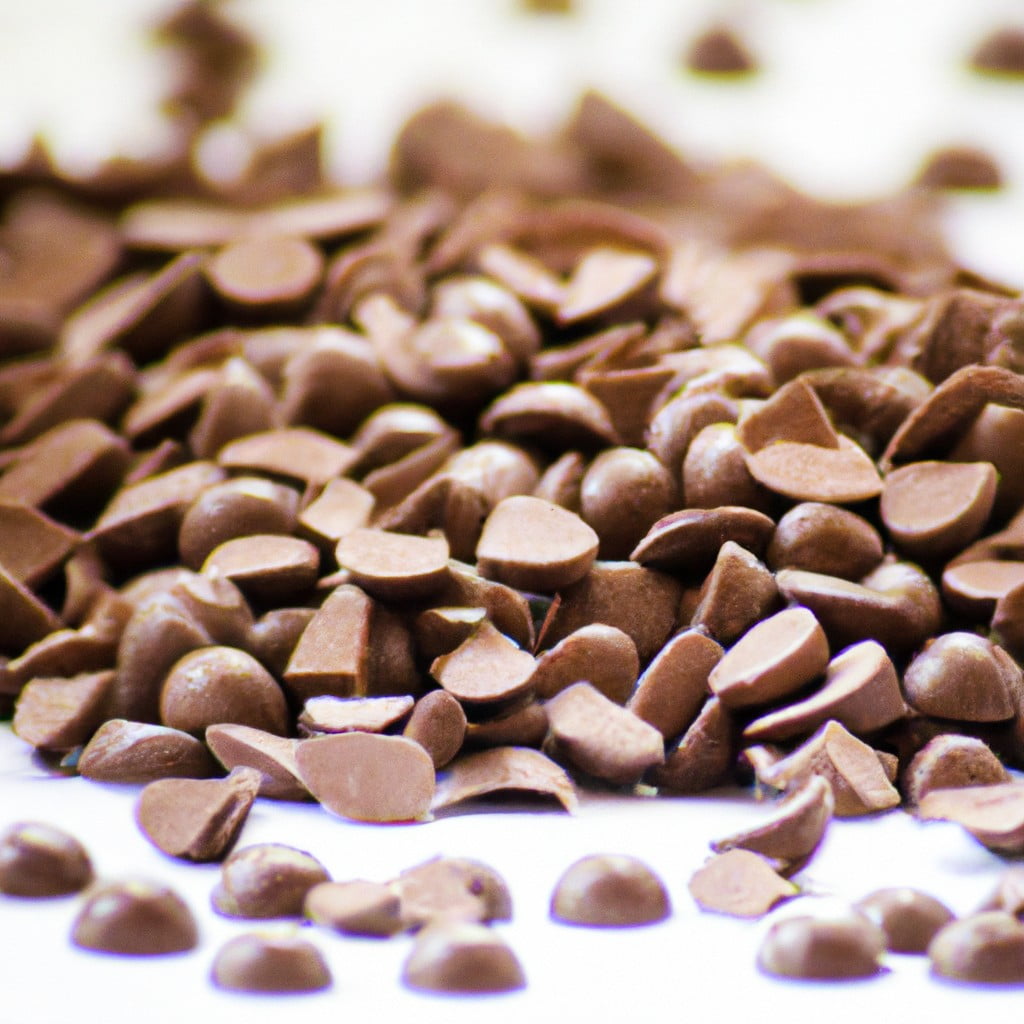Discover the caffeine content in dark chocolate and how it compares to other caffeinated products.
Key takeaways:
- Dark chocolate has higher caffeine levels than milk or white chocolate.
- Theobromine in dark chocolate provides a gentle energy boost.
- Serving size affects caffeine content in dark chocolate.
- Processing and ingredients can alter caffeine levels in dark chocolate.
- Consider individual sensitivity and timing when consuming dark chocolate for caffeine.
Inside
Caffeine Amount By Chocolate Type

Different chocolate types contain varying caffeine levels due to their cocoa content. Generally, the darker the chocolate, the higher the caffeine. For instance, white chocolate has negligible amounts of caffeine since it lacks cocoa solids.
Milk chocolate contains a modest amount, usually about 5-10 mg per ounce, as it’s primarily sugar and milk with some cocoa.
In contrast, dark chocolate, recognized for its rich cocoa content, has significantly more. You can expect approximately 12-25 mg of caffeine per ounce in dark chocolate, with some premium or extreme dark varieties pushing towards 25 mg or more.
Of course, these are average figures; the exact caffeine content can vary based on the chocolate’s cocoa percentage and the manufacturer’s specific recipe.
Theobromine and Caffeine in Dark Chocolate
Dark chocolate contains not only caffeine but also another compound called theobromine, both belonging to the group of alkaloids known as methylxanthines.
Theobromine is present in greater quantities than caffeine and is similar in structure but has a milder effect on the central nervous system. It can stimulate the heart to a greater degree than it does the nervous system, providing a gentle boost in energy without the jitters often associated with caffeine.
While caffeine’s effects are felt quickly, theobromine’s effects are more sustained over time, leading to a longer period of alertness.
The presence of these compounds contributes to the bitter taste typical of dark chocolate, and their concentration varies with the cocoa content; the higher the percentage of cocoa, the more theobromine, and to a lesser extent, caffeine will be found in the chocolate.
Dark Chocolate Serving Sizes and Caffeine Content
Understanding the relationship between serving size and caffeine content in dark chocolate is crucial for moderate consumption:
- Standard serving: Typically, a 1-ounce (28-gram) portion of dark chocolate is considered a serving.
- Caffeine range per serving: This amount can contain between 12 to 25 milligrams of caffeine, depending on the cocoa content.
- Cocoa percentage: Higher cocoa percentages often mean more caffeine. For example, a bar with 70-85% cocoa might be at the upper end of this range.
- Variability: Different brands and types of dark chocolate have varying amounts of caffeine, even with similar percentages of cocoa, due to differences in bean origin and processing.
- Personal tracking: Pay attention to the specific brand and type of dark chocolate to manage caffeine intake effectively.
- Comparison to other sources: For reference, an 8-ounce cup of coffee might have 95 milligrams or more of caffeine, much higher than a standard serving of dark chocolate.
Impact of Processing On Caffeine Levels in Dark Chocolate
The process of making dark chocolate influences its caffeine content. During the fermentation of cacao beans, a slight reduction in caffeine levels occurs. Roasting can also affect caffeine, though to a lesser extent; high temperatures may cause some caffeine to evaporate. The chocolate’s final caffeine content is determined during the conching step, where heat and movement can potentially alter caffeine concentration. The longer the conching process, the more pronounced these effects might be.
It’s also worth noting that the addition of other ingredients, such as additional cocoa solids or cocoa butter, can change the overall percentage of caffeine within the chocolate bar. For those sensitive to caffeine or watching their intake, choosing chocolates with a clear label on the type of processing and ingredients used can provide better insight into caffeine levels.
Dark Chocolate As a Source of Caffeine: Benefits and Considerations
Dark chocolate is not just a treat, but can also serve as a moderate caffeine source. A typical 1-ounce serving contains between 12 to 25 milligrams of caffeine, which can offer a slight energy boost without the intensity of a cup of coffee. This makes it a suitable option for those seeking a gentler lift in alertness throughout the day.
Consuming dark chocolate for its caffeine, however, requires thoughtful consideration of the time of day and individual sensitivity. Those sensitive to caffeine or experiencing difficulties with sleep should limit their intake, particularly later in the day.
Moreover, the presence of caffeine in dark chocolate, alongside theobromine, a compound similar to caffeine, can compound stimulatory effects. While theobromine is milder and has a longer-acting influence, it’s important to monitor total consumption to avoid potential restlessness or anxiety, especially for individuals who consume other caffeine sources throughout the day.
In summary, when evaluating dark chocolate as part of one’s caffeine regimen, balance and timing are key. Moderate intake can enhance concentration and provide antioxidant benefits, while mindfulness of total daily caffeine can help maintain optimal well-being.
Related
- Does Chocolate Have Caffeine: Unveiling the Caffeine Content in Your Favourite Treat
- Does Hot Chocolate Have Caffeine? Find Out What’s in Your Cup
- Do Chocolate Covered Espresso Beans Have Caffeine: Your Guide to Their Energy Boosting Content
- Is Chocolate Good for You: Health Benefits and Nutrition Facts
- Is Dark Chocolate Good for You: Detailed Benefits and Potential Risks